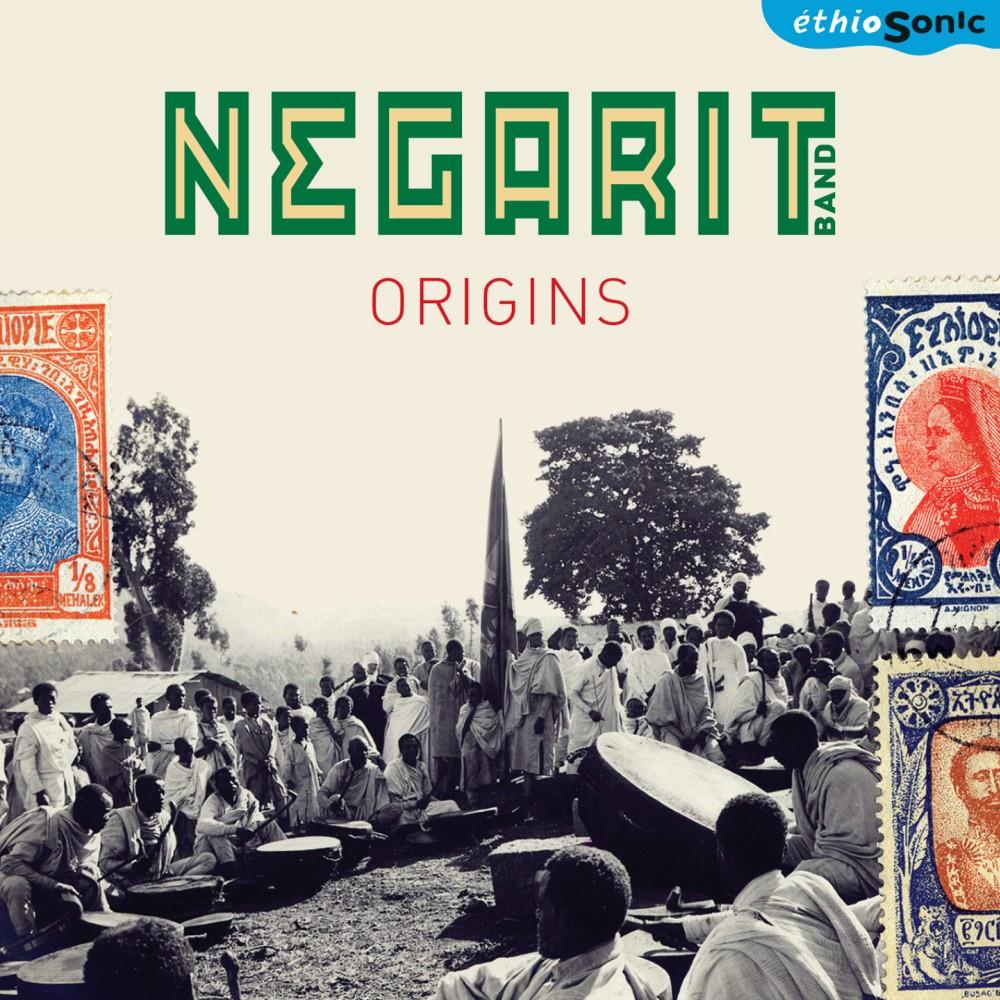As a prelude to Negarit’s experimentations, Teferi undertook musicological research in the country’s South, so little explored while it constitutes an exceptional resource.5 It is these miraculously surviving particularisms that today stand out as the most unusual, the rarest, and the most amazing. It’s only justice – and musical marvels.
Teferi Assefa, something of a special case in the midst of the rather humdrum Ethiopian jazz scene (too much “smooth jazz” can be bad for you), chose to draw upon these near-relics to invent all manner of modernist experimentations, and to revitalize a musical scene that had undeniably been in decline for nearly half a century.
As opposed to Ethiopian pop songs, which always favor the lyrics over and above vocal or instrumental innovation, Ethiopian jazz has for the last 20 years or so received greater interest from a growing and noticeably youthful audience. These younger generations find in instrumental music, spiced up with improvisation, a pleasing compromise between openings onto other worlds and boring Ethiopian pop. The near or total absence of lyrics helps to erase linguistic differences or taboos. Pan-Ethiopian tastes and audiences, a far cry from the ethnic hierarchies of yore, whereas inter-ethnic violence is very much on the rise. It is no small paradox that the peaceable gentleman Teferi Assefa chose Negarit as the emblem for his group. The traditional insignia of royalty and symbol of power, negarit is the name of the drum which once called for general mobilization.
It is brave souls such as Teferi Assefa and his Negarit Band who are carrying high, today, multicultural, pan-Ethiopian claims and belonging. Pay close attention to each of the individual talents in this combo. Other experimenters are getting involved in this stirring clear-out, such as Endris Hassen, Haddis “Haddinqo” Alemayehu, Sammy Yirga, etc.
